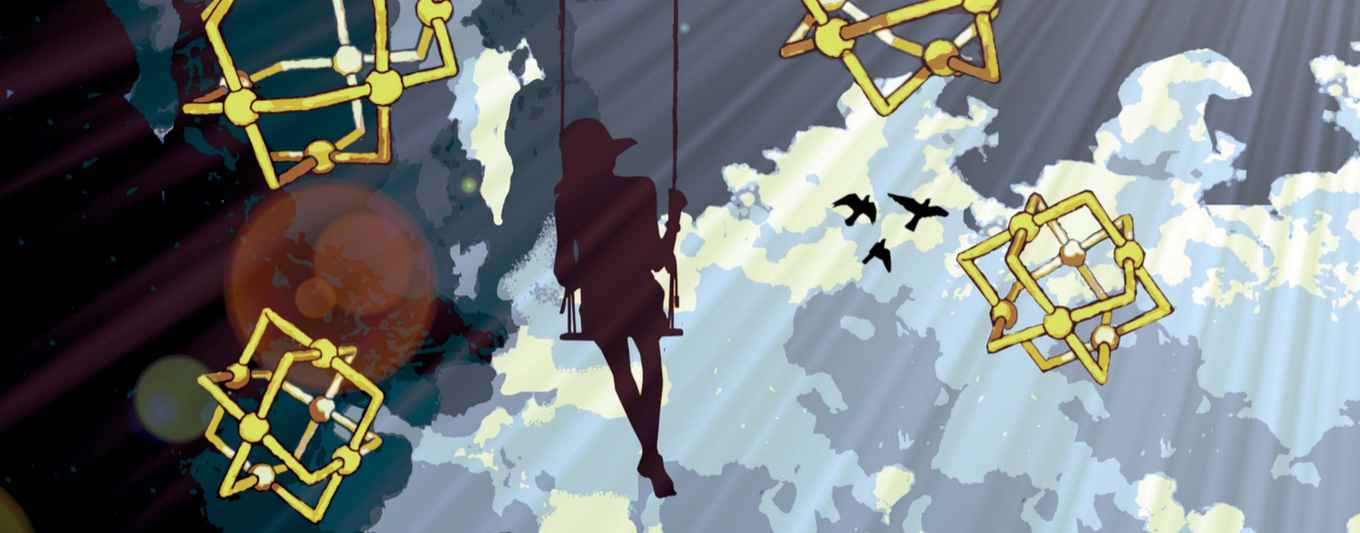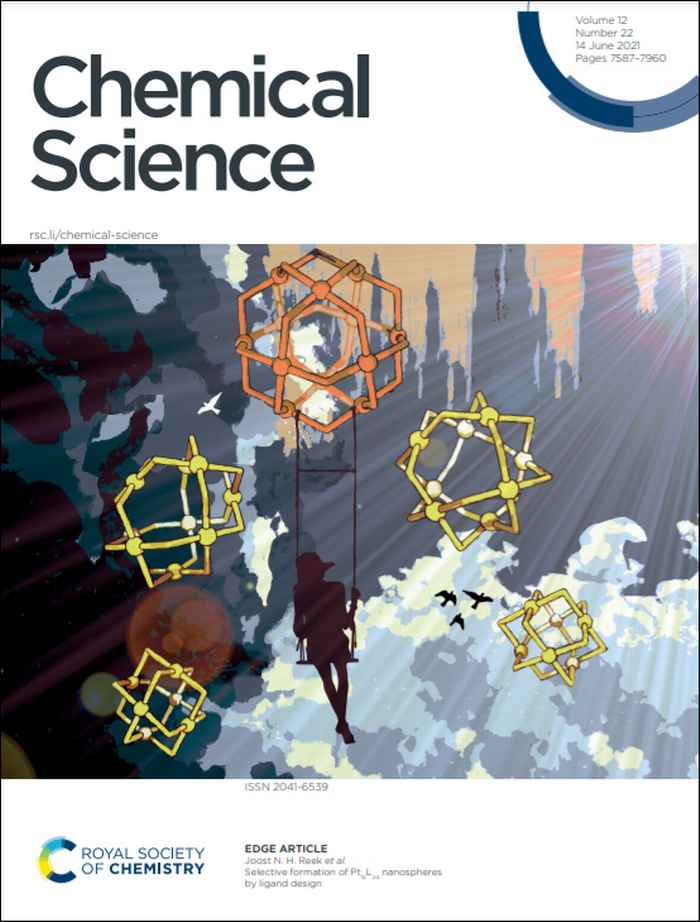Research on selective formation of nanospheres features on front cover of Chemical Science
10 June 2021

Abstract
Supramolecular self-assemblies are used across various fields for different applications including their use as containers for catalysts, drugs and fluorophores. M12L24 spheres are among the most studied, as they offer plenty of space for functionalization, yielding systems with unique properties in comparison to their single components. Detailed studies on the formation of M12L24 structures using palladium cornerstones (that have generally dynamic coordination chemistry) aided in the development of synthetic protocols. The more robust platinum-based systems received thus far much less attention. The general use of platinum-based assemblies remains elusive as parameters and design principles of the ligand building blocks are not fully established.
As platinum-based nanospheres are more robust due to the kinetically more stable nitrogen–platinum bond, we studied the sphere formation process in detail in order to develop descriptors for the formation of platinum-based nanospheres. In a systematic study, using time-dependent mass spectrometry, 1H-NMR and DOSY NMR, we identified new kinetically trapped intermediates during the formation of Pt12L24 spheres. Importantly, key parameters were developed for selective formation of Pt12L24 spheres that prevent these kinetic traps as a result of their destabilization.
Molecular mechanics calculations and experimental result support the importance of charge and steric bulk placed at the endo-site of the ditopic linker for selective sphere formation. Applicability of these principles is demonstrated by employing various ditopic ligands with different bend-angles for the synthesis of a range of Pt2L4, Pt3L6, Pt4L8 and Pt12L24 polyhedra with platinum cornerstones in excellent yields, thus paving the way for future applications of well-defined robust platinum nanospheres of different shapes and sizes with the general composition PtnL2n.

Paper
Eduard Bobylev, David Poole, Bas de Bruin, and Joost Reek: Selective formation of Pt12L24 nanospheres by ligand design. Chem. Sci., 2021,12, 7696-7705.
DOI: 10.1039/D1SC01295A (paper) 10.1039/D1SC90123K (cover)